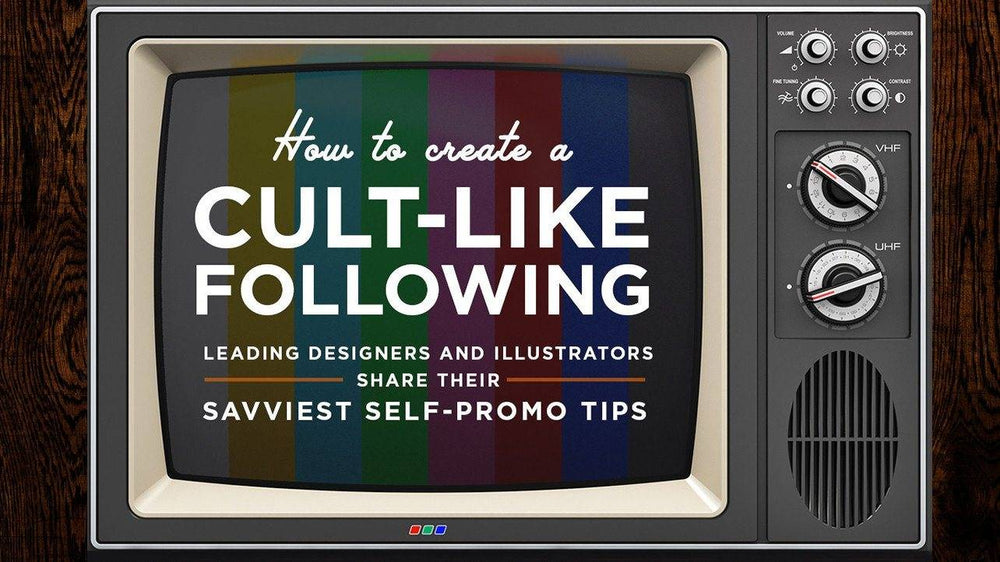Self-taught calligraphy artist Seb Lester has over one million followers on Instagram alone. Add his tens of thousands of fans across Twitter, Facebook, Vimeo and YouTube into the equation, and it’s quickly clear that he knows a thing or two about self-promotion.
He’s not the only one. Whether or not you believe that some call London-based illustrator “the Justin Bieber of drawing” - as his website once professed - he’s amassed a huge social media following, with a 33,000-strong Twitter army ready to support his projects, share his news and buy into his Bingo empire. (Who else could hit a £35,000 Kickstarter funding target within nine hours?)
But building a reputation in the cut-throat creative industries isn’t easy. So how did once-little-known artists like Seb, Bingo and others craft such impressive industry profiles? And can anyone do it? Leading designers and illustrators share their savviest self-promo secrets…




